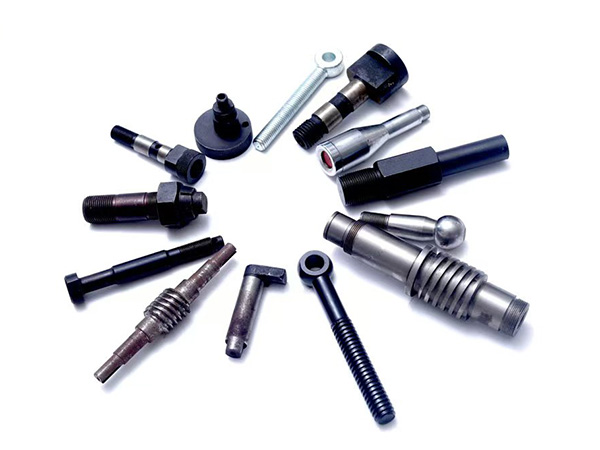What if the screw cannot be unscrewed
Author:Longsheng screws Release time:2024-12-21 10:38:13 Number of views:65 order

In daily life, we often need to tighten screws, whether it's assembling furniture, repairing appliances, or undertaking other DIY projects. However, sometimes we encounter situations where screws cannot be unscrewed, which not only makes people feel frustrated but may also affect the progress of the entire project. This article will explore some effective methods and techniques to help you solve this problem
1. Confirm the type of screw
Before attempting to turn the screw, first confirm the type of screw.
. Different types of screws (such as crosshead, flat head, hexagonal head, etc.) require the use of different tools. Using inappropriate tools may cause damage to the screw head, making it more difficult to turn2. Check the tool
Confirm that the tool you are using is suitable for the type and size of the screw.
. Using an inappropriate screwdriver or wrench may cause the screw to fail to turn or damage the screw head. Suggest using appropriate tools and confirming that they are in good working condition3. Use lubricant
If the screw is difficult to turn due to rust or dirt, you can try using lubricant.
. Common lubricants include WD-40, engine oil, or graphite powder. Spray or apply lubricant around the screw and wait for a few minutes before attempting to turn it4. Gently tap
Sometimes, gently tapping the screw head can help loosen it.
. You can use a small hammer or other tool to gently tap the top of the screw, but be careful not to apply too much force to avoid damaging the screw or surrounding materials5. Use heat
Heat can help expand metal and loosen screws.
. You can use a heat gun or lighter to heat the screw, as the heat will cause the screw and surrounding materials to expand, which may make the screw easier to turn. Be careful when heating to avoid getting sick or damaging other components6. Reverse Rotation
Sometimes, gently rotating the screw counterclockwise a few times and then clockwise again may help loosen the screw.
. This method can help break the bond between screws and materials7. Using a screw extractor
If the screw head is already damaged, using a screw extractor is an effective solution.
. A screw extractor is a special tool specifically designed to unscrew damaged screws. Following the instructions in the manual can effectively remove the screw8. Use drilling method
If other methods are ineffective, you can consider using an electric drill to remove the screws.
. Choose a drill bit that fits the diameter of the screw and gently drill into the center of the screw until it is completely destroyed. Be careful when drilling to avoid damaging the surrounding materials9. Seek Help
If you have tried all the above methods but still cannot turn the screw, you may need to seek help from a technician.
. Dedicated maintenance personnel have more tools and experience, which can solve problems more effectively10. Preventive Measures
To avoid the problem of screws not being able to be unscrewed again in the future, some preventive measures can be taken.
. For example, when installing screws, some lubricant can be applied to the threads to prevent rust and adhesion. In addition, regularly inspect and maintain the equipment to ensure that the screws are in good condition Conclusion: The inability to unscrew screws is a common problem, but with the above methods and techniques, you can effectively solve this problem. Whether using lubricants, heating, or seeking help, the key is to maintain patience and meticulousness. I hope this article can provide you with help to ensure the smooth progress of your DIY project



